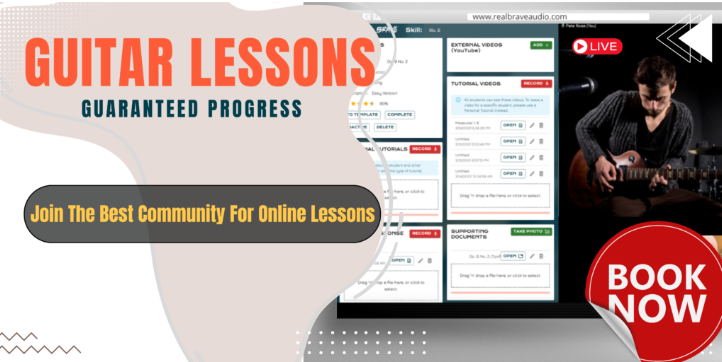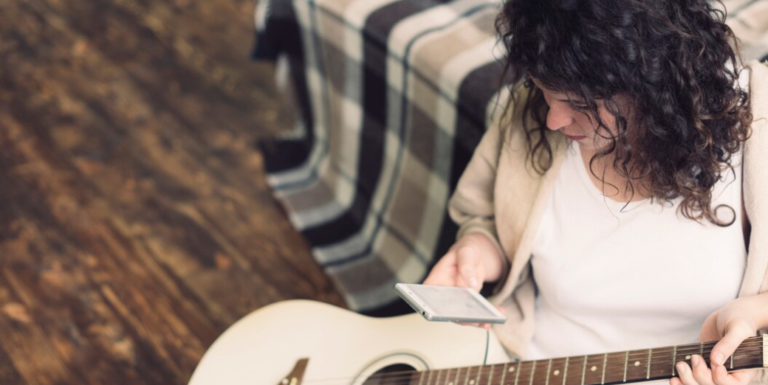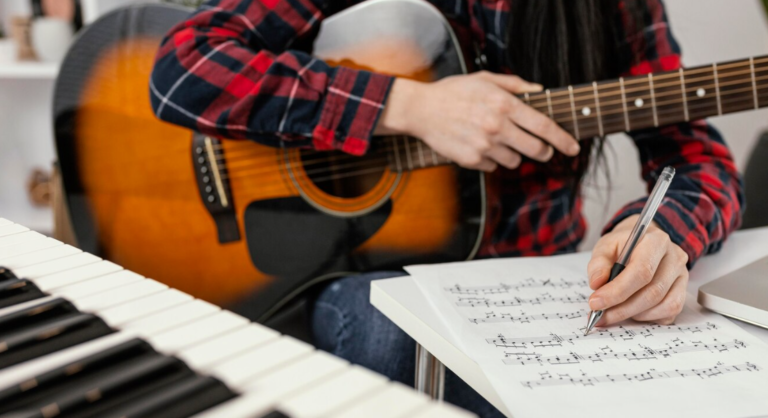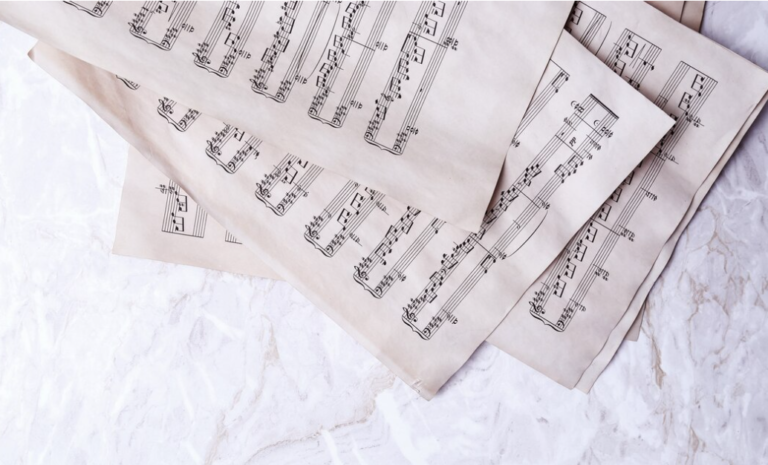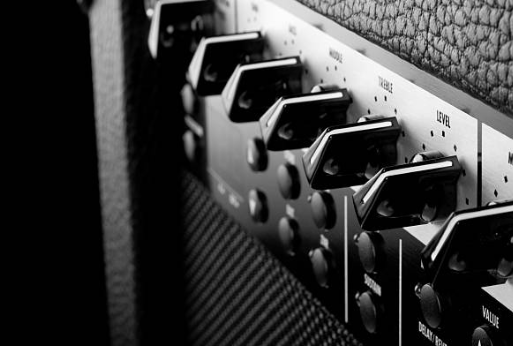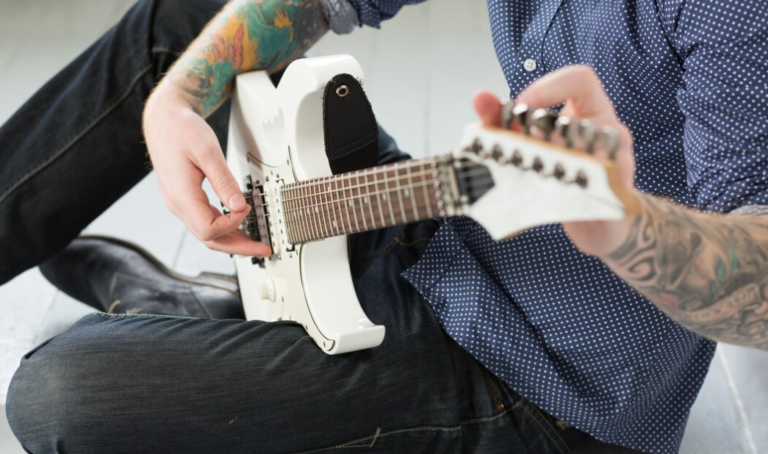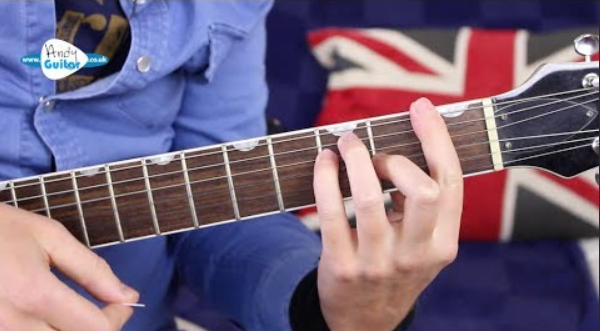What You Need To Know To Play the C Sharp Major Scale on Guitar
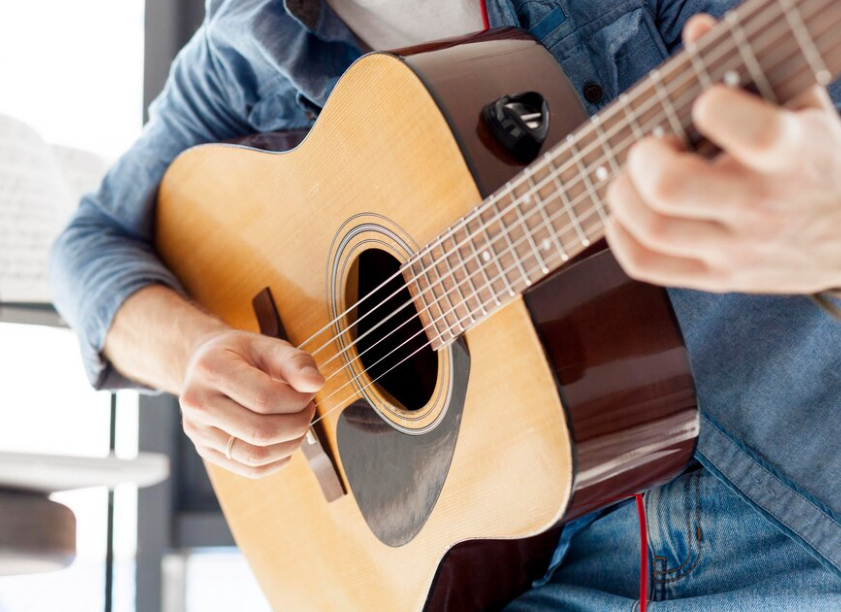
In this blog, we will talk about the notes of C Sharp Major scale on guitar. We will teach you the formula, structure, and positions with diagrams for an easier understanding. Let’s start!!
C Sharp Major Scale Notes
The C Sharp Major scale has 7 sharps and no natural notes.
C# – D# – E# – F# – G# – A# – B#
Formula
C# – Root
D# – Major 2nd
E# – Major 3rd
F# – Perfect 4th
G# – Perfect 5th
A# – Major 6th
B# – Major 7th
Structure
The C sharp major scale follows the regular major scale structure of whole and half-step intervals:
Whole – Whole – Half – Whole – Whole – Whole – Half
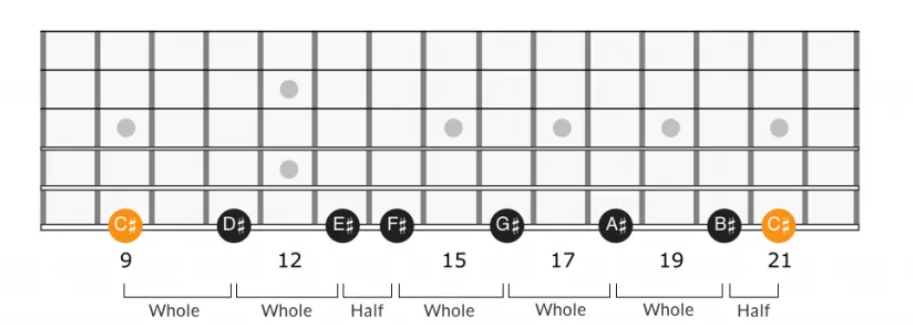
How To Play It?
Here’s a simple position to start with, beginning on the 9th fret of the E string (6th string, the thickest one):
- Low E string (6th string): Play the 9th fret (C#), then the 11th fret (D#).
- A string (5th string): Play the 8th fret (E#), 9th fret (F#), and 11th fret (G#).
- D string (4th string): Play the 8th fret (A#), 9th fret (B#), and 11th fret (C#).
This sequence will get you through one octave of the C# Major scale. To continue to the second octave, you can extend the scale as follows:
- G string (3rd string): Play the 8th fret (D#), 10th fret (E#), and 11th fret (F#).
- B string (2nd string): Play the 9th fret (G#), 11th fret (A#), and 13th fret (B#).
- High E string (1st string, the thinnest one): Play the 9th fret (C#), 11th fret (D#), and 14th fret (E#).
Remember, each finger should correspond to a fret within a four-fret span: index finger for the first fret in the span, middle finger for the second, ring finger for the third, and pinky for the fourth. This might not always apply perfectly, especially with stretches, but it’s a good rule of thumb for efficiency and speed development.
Practicing this scale can help with finger dexterity, understanding the fretboard, and ear training. Start slow, focusing on clean notes and even timing, then gradually increase your speed as you become more comfortable.
Position 8

Position 10

Position 13

Position 1

Position 5
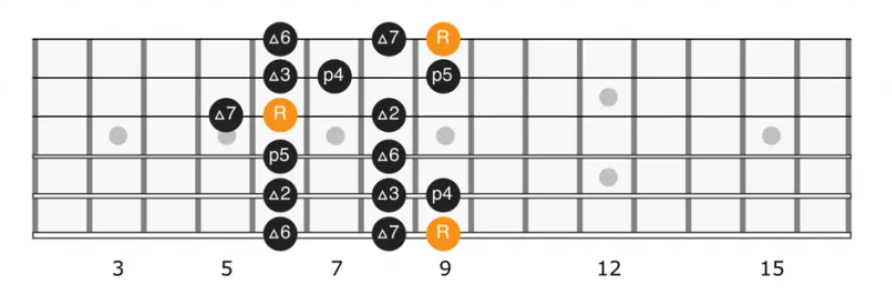
Image by: Applied Guitar Theory
Interested in taking your guitar skills to the next level? Click the below and book a free lesson with us! We’re committed to helping you express yourself freely on the guitar without endless scales and theory. Happy playing!
Author: Daniel Powers Jr, the founder of Real Brave™, serves as the chief inspiration to thousands of students in the Real Brave music instruction program. He’s also the visionary behind PracticePad™, an online platform for live one-on-one online music lessons, lesson tracking, and scheduling. Beyond his entrepreneurial pursuits, Daniel leads a non-profit organization that provides formerly homeless children with access to music education, making a profound impact on their lives. His unwavering dedication to music, innovation, and education continues to inspire individuals to reach their fullest potential while creating positive change in communities. Follow Real Brave on all the socials:
youtube.com/@realbraveinc
twitter.com/realbraveinc
https://www.tiktok.com/@realbraveinc
instagram.com/realbraveaudio
facebook.com/realbraveinc
